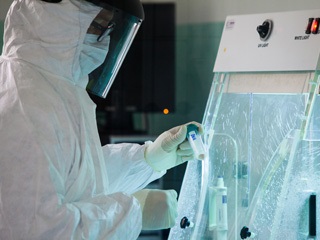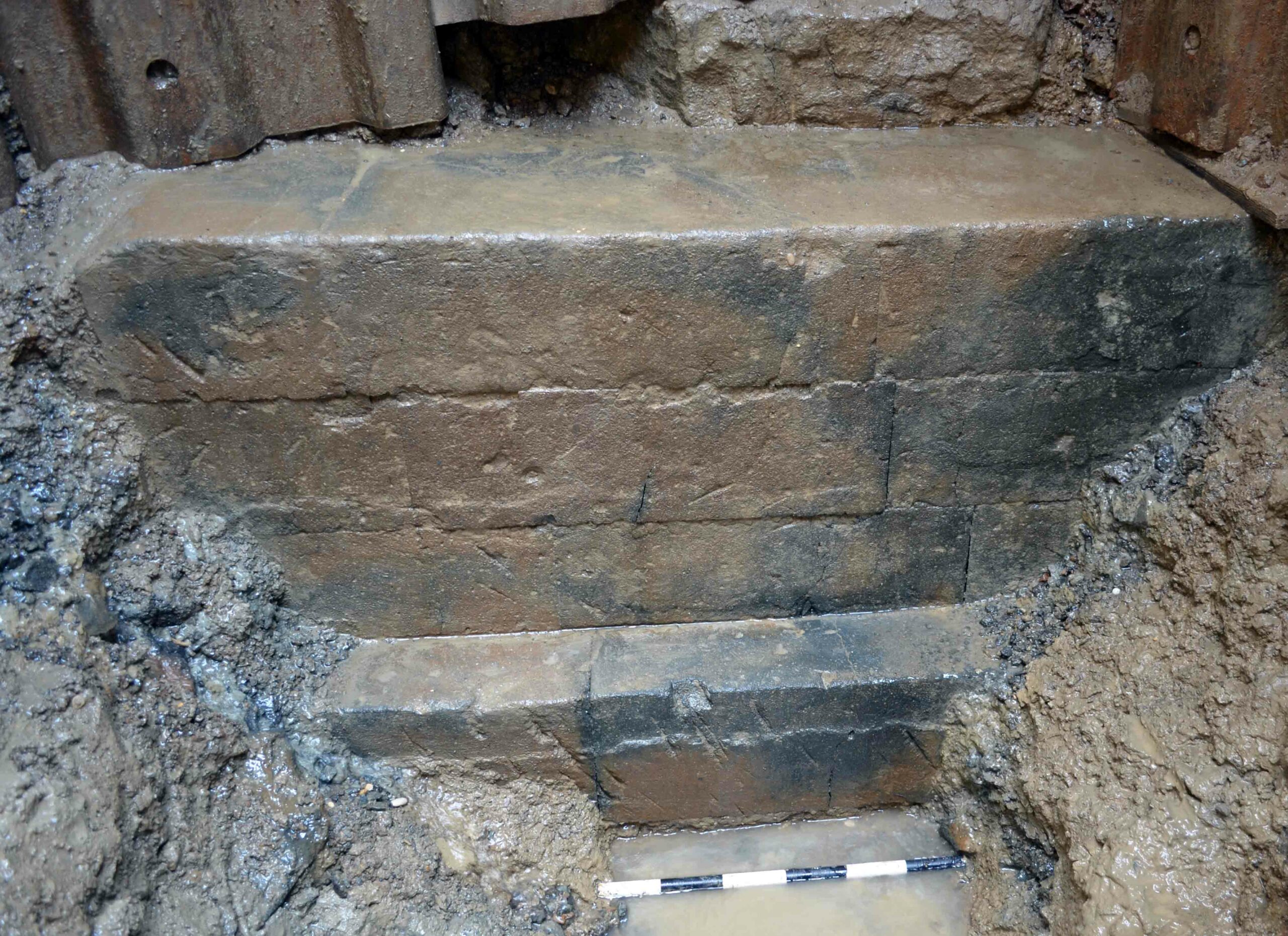
BOLZANO, ITALY—A bone sample taken from the natural mummy known as Ötzi, found in a melting glacier on the Austrian-Italian border by hikers 1991, was used to decode his genome. Now a team of experts from the European Academy of Bolzano (EURAC) and the University of Vienna analyzed the non-human DNA in the sample and identified traces of Treponema denticola, a pathogen involved in the development of periodontal disease. And, in fact, the Iceman was diagnosed with periodontitis with a computer tomography scan last year. “What is new is that we did not carry out a directed DNA analysis but rather investigated the whole spectrum of DNA to better understand which organisms are in this sample,” Frank Maixner of the EURAC Institute for Mummies and the Iceman told Science Daily. The team of scientists also detected Clostridia-like bacteria in the bone sample that are thought to be in a dormant state. If they were to grow, they could cause the 5,300-year-old mummy’s tissues to degrade. Continued preservation of the Iceman will require additional micro-biological monitoring.










